Discover Big Biology
Big Biology

Big Biology
Author: Art Woods, Cameron Ghalambor, and Marty Martin
Subscribed: 1,927Played: 31,989Subscribe
Share
© Big Biology
Description
The biggest biology podcast for the biggest science and biology fans. Featuring in-depth discussions with scientists tackling the biggest questions in evolution, genetics, ecology, climate, neuroscience, diseases, the origins of life, psychology and more. If it's biological, groundbreaking, philosophical or mysterious you'll find it
bigbiology.substack.com
bigbiology.substack.com
165 Episodes
Reverse
Where, when, and how did Homo sapiens appear? What do we know about the complex set of ancestral hominins that preceded us? How recently did other hominin lineages live and what happened to them?On this episode, we talk with Kate Wong, a senior editor at Scientific American, about her article, The Origin of Us. Our understanding of hominin evolution over the past several million years has been transformed by exciting new fossil finds and new DNA sequence data. We talk with Kate about the biggest news, the luxuriant evolutionary bush from which our ancestors emerged in Africa, and her favorite fossil species.Find more articles from Kate here: Stories by Kate Wong This is a public episode. If you'd like to discuss this with other subscribers or get access to bonus episodes, visit bigbiology.substack.com/subscribe
What can we learn from the COVID-19 pandemic, and how do we apply that knowledge moving forward?On this special episode of Big Biology, we’re bringing you the highlights from a conference called “Covid Conversations,” which was hosted at the University of South Florida last December. The event brought together scientists, public health experts, medical doctors, historians, students, philosophers, and community leaders—for one big, open conversation about COVID-19. The episode shares the different perspectives these speakers had on the virus, the pandemic response, and our future preparedness to disease.This episode is hosted by Caroline Merriman, a Big Biology intern and a research fellow with the Association of Public Health Laboratories program, and Kailey McCain, a PhD student in Marty’s lab at USF and a former Big Biology intern.Cover art by Keating Shahmehri This is a public episode. If you'd like to discuss this with other subscribers or get access to bonus episodes, visit bigbiology.substack.com/subscribe
How can grad students advocate for science policy? How can science communication make research more accessible and inclusive?On this episode of Big Biology, we bring back our “Student Spotlight” segment. We talk with JP Flores, a PhD student studying bioinformatics and computational biology at UNC Chapel Hill. JP does more than just research, he is also deeply engaged in science communication and hosts the award-winning podcast From where does it STEM? He has also worked in science policy as an intern at the NIH and is part of the Science Policy and Advocacy Group at UNC. Earlier this year, JP helped to organize the Stand Up for Science 2025 protest and as a result of the movement, co-founded the non-profit Science for Good. This is a public episode. If you'd like to discuss this with other subscribers or get access to bonus episodes, visit bigbiology.substack.com/subscribe
This is a free preview of a paid episode. To hear more, visit bigbiology.substack.comWhat role does media play in conservation efforts and inspiring future generations of scientists? How can science communication make scientific knowledge accessible to the public, especially for communities underrepresented in science?On this episode, we talk with Dr Rae Wynn-Grant a researcher at the Bren School of Environmental Science and Management …
This is a free preview of a paid episode. To hear more, visit bigbiology.substack.comWhat biological "superpowers" do marine invertebrates possess? What challenges do they face and will their resilience protect them from anthropogenic change?On this episode, we talk with Drew Harvell, Professor Emerita of Ecology and Evolutionary Biology at Cornell University, Affiliate Faculty at the University of Washington, former Science Envoy for O…
Why is the National Science Foundation important? What is the potential impact of the proposed budget cut to the NSF? How can we stand up for federally-funded science in the US?In this episode, we talk with Bill Zamer and Sam Scheiner, two former BIO program officers at the NSF. Much of the conversation focuses on the recently proposed 56% budget cut to the NSF and what the impacts of such a spending cut would be on science in the US. We discuss how the NSF came to be, the proposal selection process, and some of the scientific breakthroughs that have come out of the NSF-supported basic research. The episode also has suggestions of how to show your support for the NSF including calling your representatives, talking about the importance of the NSF and sharing this episode widely, and taking action suggested by the coalition SaveNSF. This is a public episode. If you'd like to discuss this with other subscribers or get access to bonus episodes, visit bigbiology.substack.com/subscribe
Watch how our amazing artist Keating Shahmehri created the cover art for our last episode "Feel the heat”. This is a public episode. If you'd like to discuss this with other subscribers or get access to bonus episodes, visit bigbiology.substack.com/subscribe
How do scientists measure thermal tolerance and predict organismal responses in the wild? What kind of other data is needed to make predictive models better at helping us understand species responses to high temperatures?In this special episode, roving podcaster Cameron Ghalambor went on the road to the University of Granada in Spain where he spoke about his own research in the symposium, Predictive Ecology in a Warming World. While there, Cam was inspired to get a few of the other experts into a room to talk about the broader field of predictive ecology, and this episode is the result. Guests on the episode include Jancitha Ellers, Professor at Vrije University of Amsterdam, Enrico Rezende, Associate Professor at Pontifical Catholic University of Chile, and Wilco Verberk, Associate Professor at Radboud University. Cam and colleagues discuss the methods and tools they use to measure heat tolerance in insects, fish, and other ectothermic animals and how collecting and sharing trait data is important to inform and implement predictive models.Cover art by Keating Shahmehri This is a public episode. If you'd like to discuss this with other subscribers or get access to bonus episodes, visit bigbiology.substack.com/subscribe
This is a free preview of a paid episode. To hear more, visit bigbiology.substack.comHow are new technologies allowing biologists to look beyond simple genetic variation to whole genome structure? What is a pangenome?In this episode, we talk with Scott Edwards, the Alexander Agassiz Professor of Zoology and Curator of Ornithology at Harvard University. On this episode, we talk to Scott about the new ways we can describe and understand l…
In this post-match chat, Marty and Cam discuss our most recent episode “A direct hit”, with guest Holden Thorp. This is a quickly evolving situation, and on Friday last week, a federal judge continued to block the cut to the NIH indirect cost rate. And just a few days ago, Holden wrote another editorial Come together, right now. He writes about the continued onslaught of cuts, firings, and changes to the science system in the United States, and how members of the scientific community can respond. This is a public episode. If you'd like to discuss this with other subscribers or get access to bonus episodes, visit bigbiology.substack.com/subscribe
Will a change in policy at the National Institutes of Health derail science in the US? How does the “indirect cost rate” for federal research grants fuel research?In this episode, we talk with Holden Thorp, a chemist and editor-in-chief of Science, about his recent editorial A Direct Hit. In it, he writes about the NIH announcing a significant cut to their indirect cost rate and the consequences to science in the US if this change takes effect. “Indirect” or “overhead” costs are the portions of grants that are allocated to support research grant but aren’t for the research itself. Things like grant administration, compliance, and research infrastructure are covered by these funds (check out the comic below by Matteo Farinella for details). These costs have traditionally been shared by universities and the federal government, but with the proposed cut to the indirect cost rate, universities may need to make up for the deficit or change their operations. We discuss with Holden how this change could have widespread impacts on scientific research as well as the economy including our competitiveness on the global stage.Comic by Matteo Farinella (Instagram, Substack) This is a public episode. If you'd like to discuss this with other subscribers or get access to bonus episodes, visit bigbiology.substack.com/subscribe
Here’s a little sneak peek into what goes on behind the scenes when we choose a title for an episode. In this snippet, Cam and Marty discuss the title of our most recent episode: “Beaks on (fitness) peaks.” This is a public episode. If you'd like to discuss this with other subscribers or get access to bonus episodes, visit bigbiology.substack.com/subscribe
This is a free preview of a paid episode. To hear more, visit bigbiology.substack.comWhich factors lead to the evolution of reproductive isolation? What role does hybridization play in speciation? Why are there so many bird species in the tropics?In this episode, we host Trevor Price, a Professor in the Department of Ecology and Evolution at the University of Chicago and a Fellow of the Royal Society to talk about the evolutionary proce…
This is a free preview of a paid episode. To hear more, visit bigbiology.substack.comHow does human behavior contribute to disease transmission? What can our history with infectious disease teach us about modern epidemics?On this episode, we talk with Sabrina Sholts, Curator of Biological Anthropology in the Department of Anthropology at the Smithsonian’s National Museum of Natural History (NMNH). Sabrina’s research explores the interse…
This is a free preview of a paid episode. To hear more, visit bigbiology.substack.comWhat role does development play in evolution? How can biology incorporate a broader, more complex definition of what it means to be an organism?In this episode, we talk with Scott Gilbert and Tobias Uller, two of the authors who wrote Evolution Evolving: The Developmental Origins of Adaptation and Biodiversity. Tobias is a professor of Biodiversity and …
This is a free preview of a paid episode. To hear more, visit bigbiology.substack.comHow have organisms changed the Earth and what can humans learn from its deep past?On this episode, we talk with Stephen Porder, a Professor of Ecology, Evolution, and Organismal Biology and the Associate Provost for Sustainability at Brown University. Stephen is also the author of Elemental: How Five Elements Changed Earth’s Past and Will Shape Our Futu…
How do natural selection and sexual selection interact? What can observing adaptive radiation in the wild teach us about evolution?On this episode, we talk with Dale Broder, an Assistant Professor at American University, and Robin Tinghitella, an Associate Professor at the University of Denver. They study the Pacific field cricket, a fascinating organism that exemplifies both adaptive radiation and the interaction of natural selection and sexual selection. This species uses song for mate attraction, but the song also attracts Ormia ochracea, a fly that parasitizes the cricket. The fly recently invaded areas where the cricket is common and in response, some crickets evolved differentsongs and even silence. We talk with Robin and Dale about how their research team characterizes these cricket songs and the different wing morphologies that produce the songs. We also discuss the role of female preference (or lack thereof) in the evolution of different mating songs and how remarkably rapidly this song evolution occurred.This episode was supported by a grant to Dale and Robin from the National Science Foundation.Cover art: Keating Shahmehri. This is a public episode. If you'd like to discuss this with other subscribers or get access to bonus episodes, visit bigbiology.substack.com/subscribe
This is a free preview of a paid episode. To hear more, visit bigbiology.substack.comWhat are spiny mice and why are they so social? What about their brains makes them gregarious? Might network neuroscience be a useful framework for understanding spiny mice behavior?On this episode, we talk with Aubrey Kelly, an Assistant Professor in Psychology at Emory University. Aubrey is a behavioral neuroscientist working on many vertebrate specie…
This is a free preview of a paid episode. To hear more, visit bigbiology.substack.comWhat was life like in wartime England for a young female scientist? What about living and doing research for months each year with your daughters and husband on a remote island? On this episode, we talk with Rosemary Grant, Emeritus Professor of Ecology and Evolutionary Biology at Princeton University. Rosemary is best-known for her foundational research on the Darwin’s Finches of the Galapagos Islands, conducted in collaboration with her husband, Peter. Our conversation focuses on Rosemary’s new autobiography “One Step Sideways, Three Steps Forward: One Woman’s Path to Becoming a Biologist.” We first discuss her upbringing in the Lake District during WWII, and how her family and the people she met there, as well as later scientific mentors like Conrad Waddington, shaped her path to science. Then, we talk about her work with Peter on the finches of Daphne Island, discussing their contributions to evolutionary biology. Rosemary also describes the joys of raising her girl in the Galapagos and gives advice to young people thinking about a career in biology.Art by Keating Shahmehri. Find a transcript of this episode on our website.
This is a free preview of a paid episode. To hear more, visit bigbiology.substack.comHow do biologists study the influence of heat on organisms and how can this be applied to the study of climate change? What impacts mountaineer survival at high altitudes?On this episode of Big Biology, we talk with Professor Emeritus at University of Washington and recently elected member of the National Academy of Sciences, Ray Huey. Ray is well known…
 United States
United States


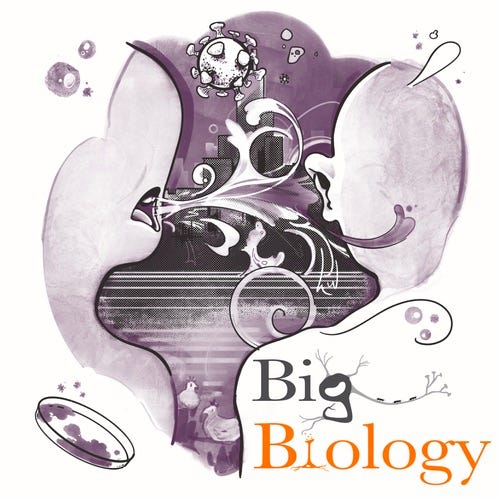
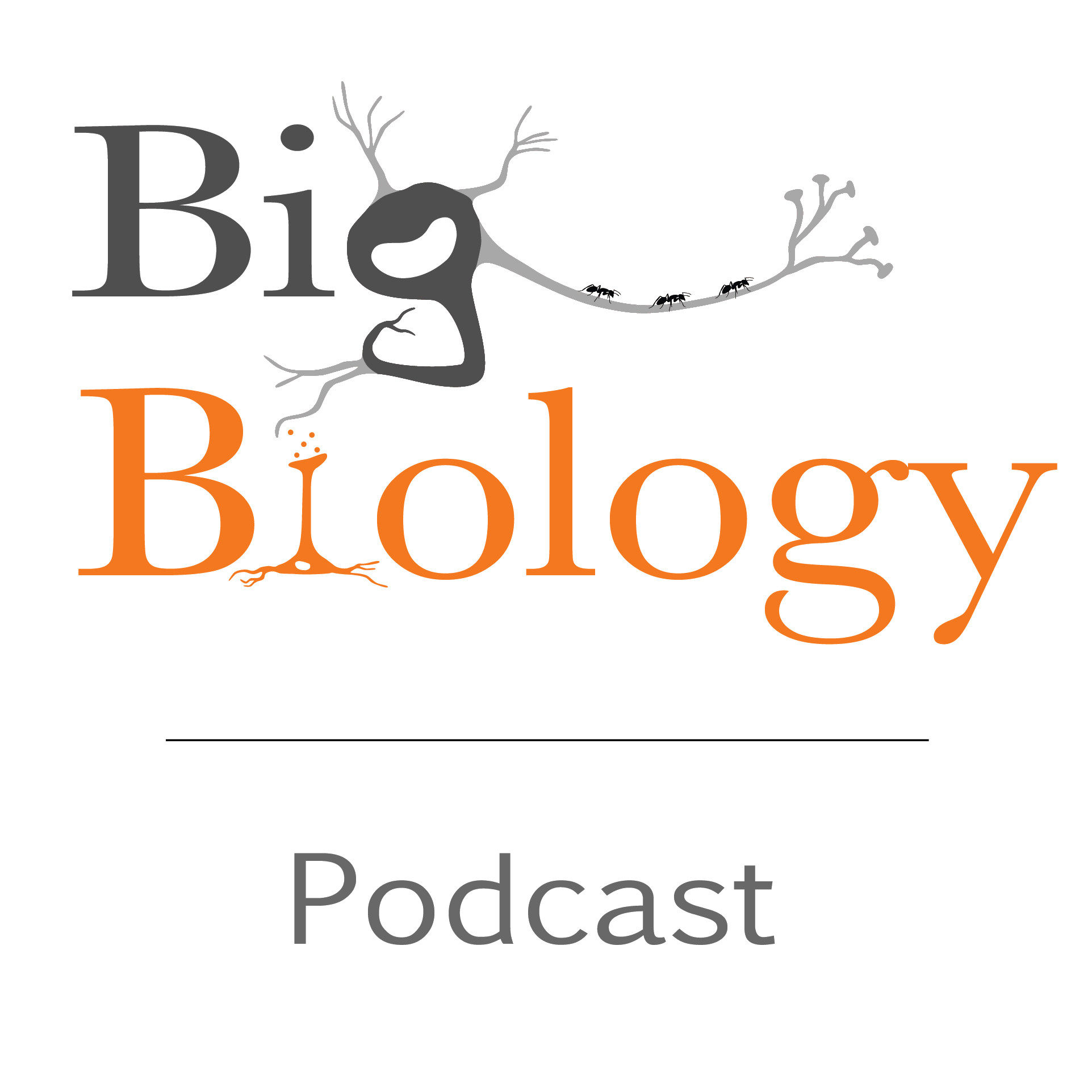
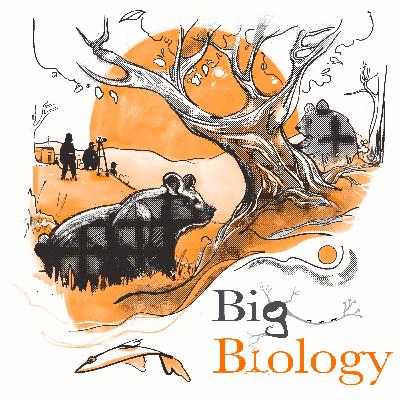

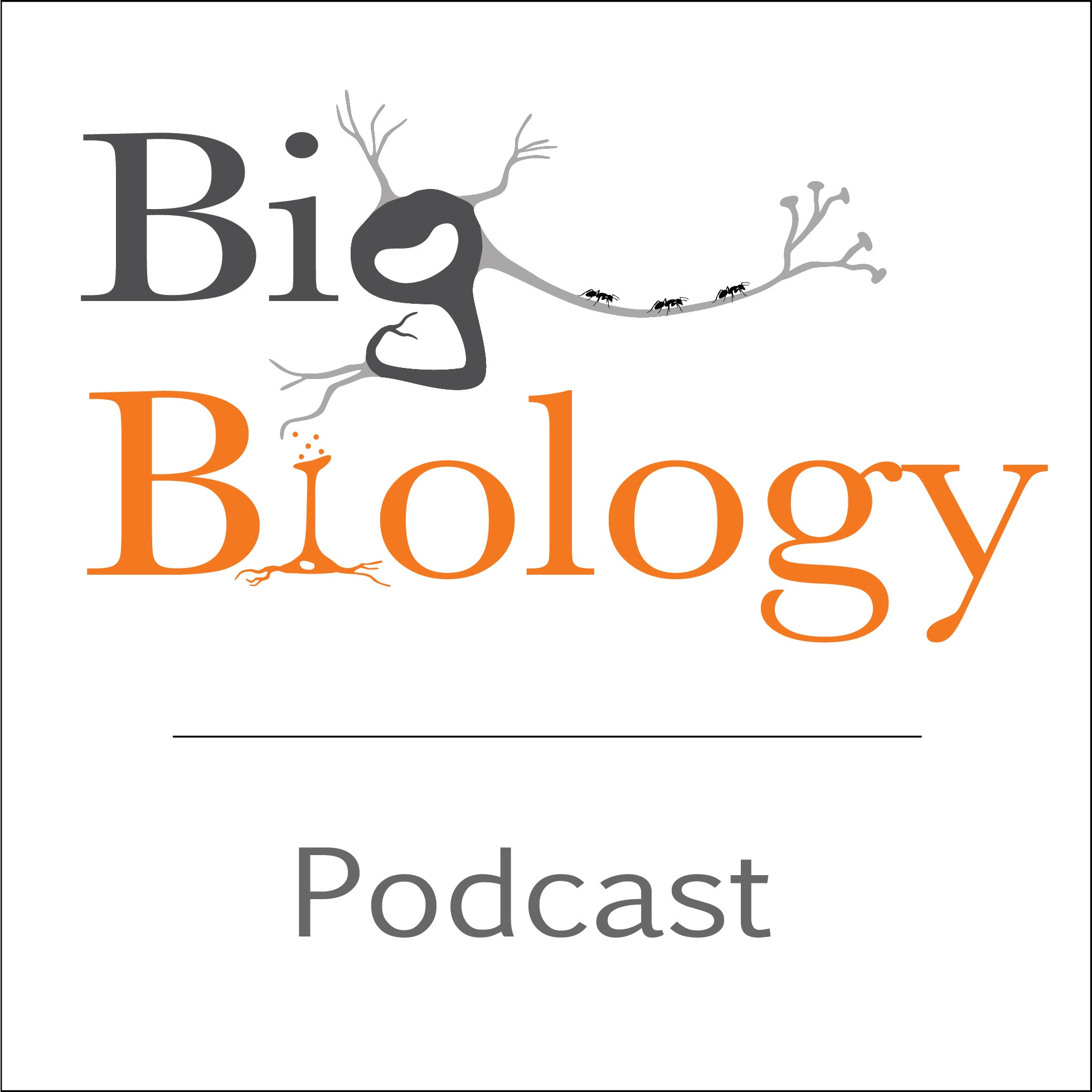
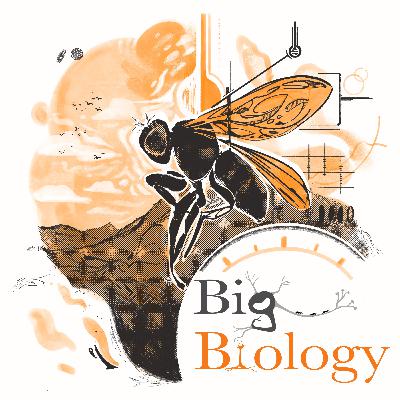


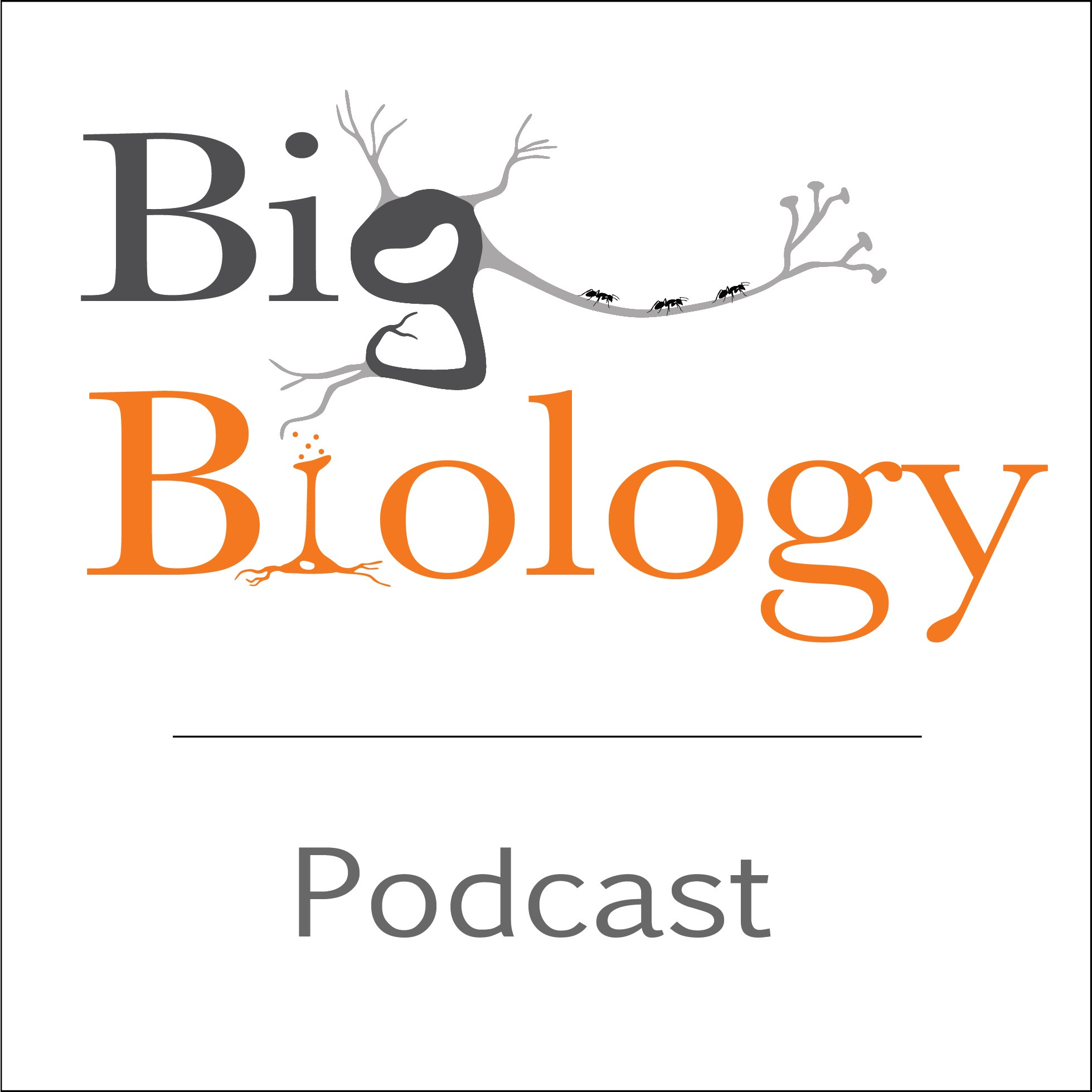
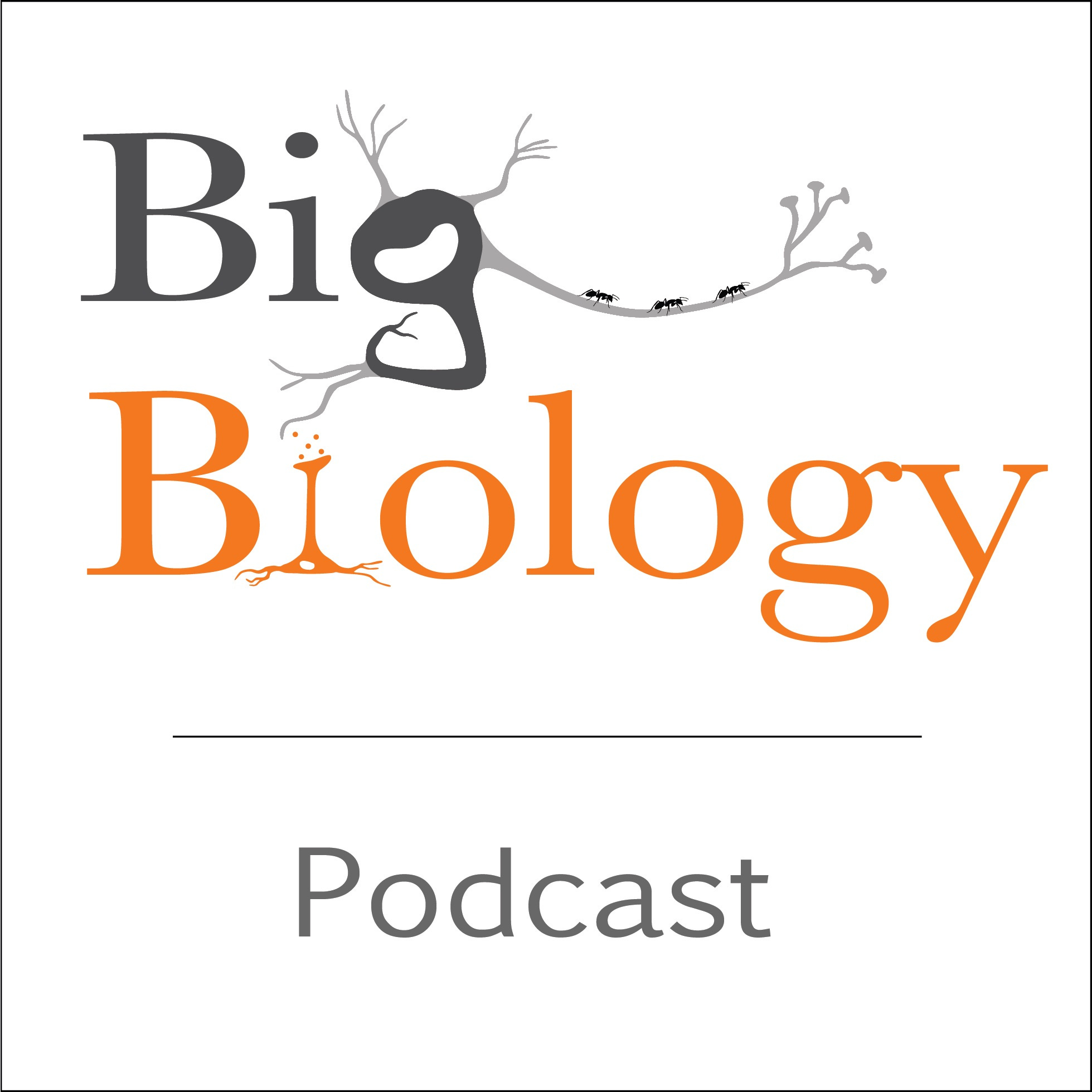










really nice episode! More of these voices please!
It is a comprehensive podcast that offers tremendous content for biology enthusiasts. In-depth discussions with scientists specializing in evolution, genetics, ecology, climate, neuroscience, diseases, the origins of life, psychology and many other fields give listeners the opportunity to explore the biggest questions of biology. This podcast, which feeds and enriches the interest in biology, covers important topics both from a scientific and philosophical point of view. If you are excited about big and groundbreaking topics in biology, Big Biology is definitely worth listening to. https://tinyfishing.fun/
can you do an episode on the 23 and me trend where people find out they're 23% Spanish? I think it's related to that genetic essentialism but for me I have no idea how they come to these percentages as if they had 100% Spanish DNA to compare to.
AMAZING PODCAST! - I can't recommend this podcast enough- please give it a listen & don't miss out on this five-star show! ⭐⭐⭐⭐⭐
Absolutely love this podcast!
this is one of my absolute favorite science podcasts. the hosts and interviews they conduct are amazing sources of the ideas currently defining the evolving field of biology. don't get scared off by the prospect of technical jargon though, anyone can listen and learn from these podcasts and take away key concepts in biology research today.
confusing
really got me thinking. fascinating.